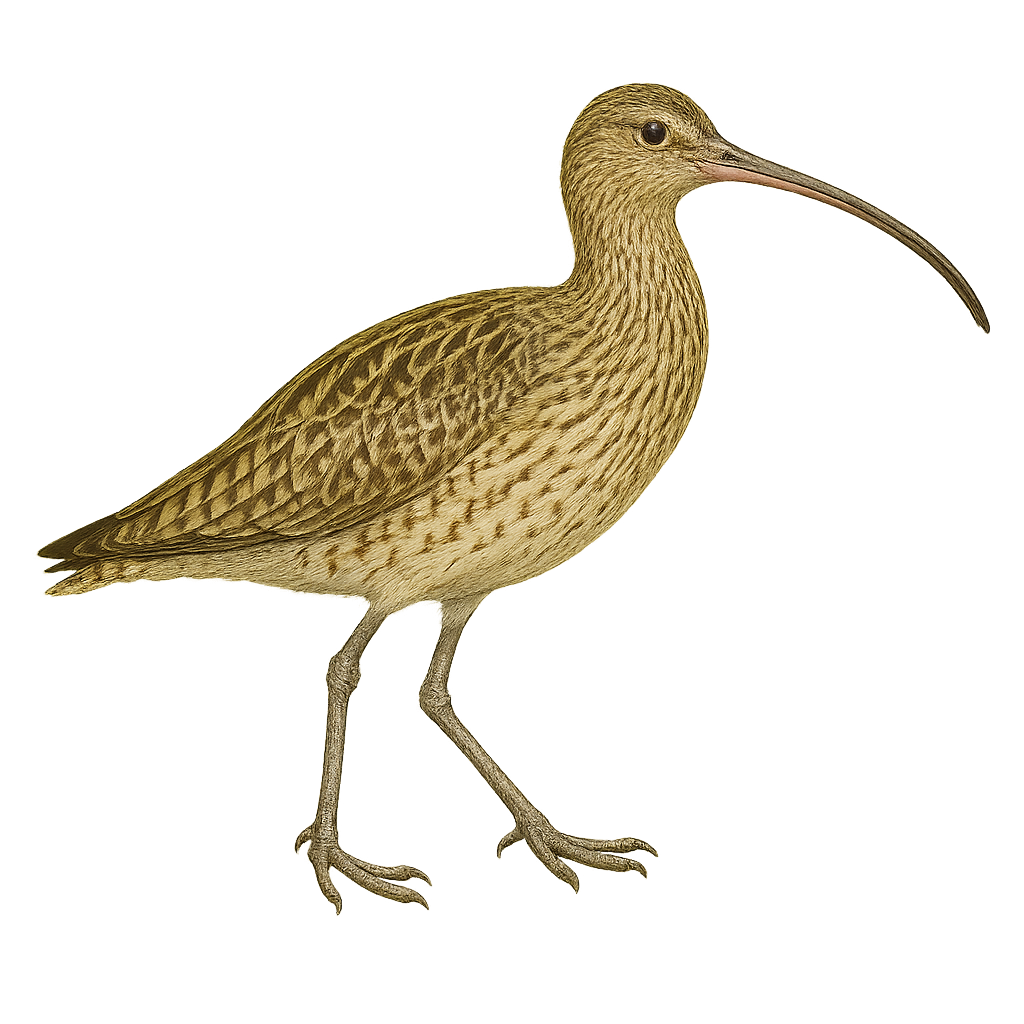Your wildlife photography guide.
Explore the far eastern curlew in detail, study its behavior, prepare your shots.
Where to observe and photograph the far eastern curlew in the wild
Learn where and when to spot the far eastern curlew in the wild, how to identify the species based on distinctive features, and what natural environments it inhabits. The WildlifePhotographer app offers tailored photography tips that reflect the far eastern curlew’s behavior, helping you capture better wildlife images. Explore the full species profile for key information including description, habitat, active periods, and approach techniques.
Far Eastern Curlew
Scientific name: Numenius madagascariensis

IUCN Status: Endangered
Family: SCOLOPACIDAE
Group: Birds
Sensitivity to human approach: Suspicious
Minimum approach distance: 30 m
Courtship display: May to June
Incubation: 27-29 jours
Hatchings: May to July
Habitat:
Coastal wetlands, estuaries, mudflats
Activity period :
Primarily active during the day, with peak activity in the morning and late afternoon.
Identification and description:
The Far Eastern Curlew, or Numenius madagascariensis, is a large wader with a brownish plumage and a distinctive long, downward-curved bill. This unique bill is perfect for probing mudflats for food, mainly invertebrates. It frequents coastal wetlands and estuaries, often seen in small flocks. As a migratory bird, it travels long distances between its breeding grounds in Siberia and its wintering areas in Australia and Southeast Asia. Unfortunately, this species is threatened by habitat loss, primarily due to urbanization and agriculture. Conservation efforts are crucial to ensure its long-term survival.
Recommended lens:
400 mm – adjust based on distance, desired framing (portrait or habitat), and approach conditions.
Photography tips:
To photograph the Far Eastern Curlew, it is recommended to use a telephoto lens of at least 400mm to capture detailed images without disturbing the bird. Look for coastal wetlands or estuaries where they often feed. Be patient and discreet, as these birds can be suspicious. Early morning or late afternoon provides soft and flattering light. Use a tripod for stability and adjust your shutter speed to capture quick movements.
The WildlifePhotographer App is coming soon!
Be the first to explore the best nature spots, track rutting seasons, log your observations, and observe more wildlife.
Already 1 439 wildlife lovers subscribed worldwide

